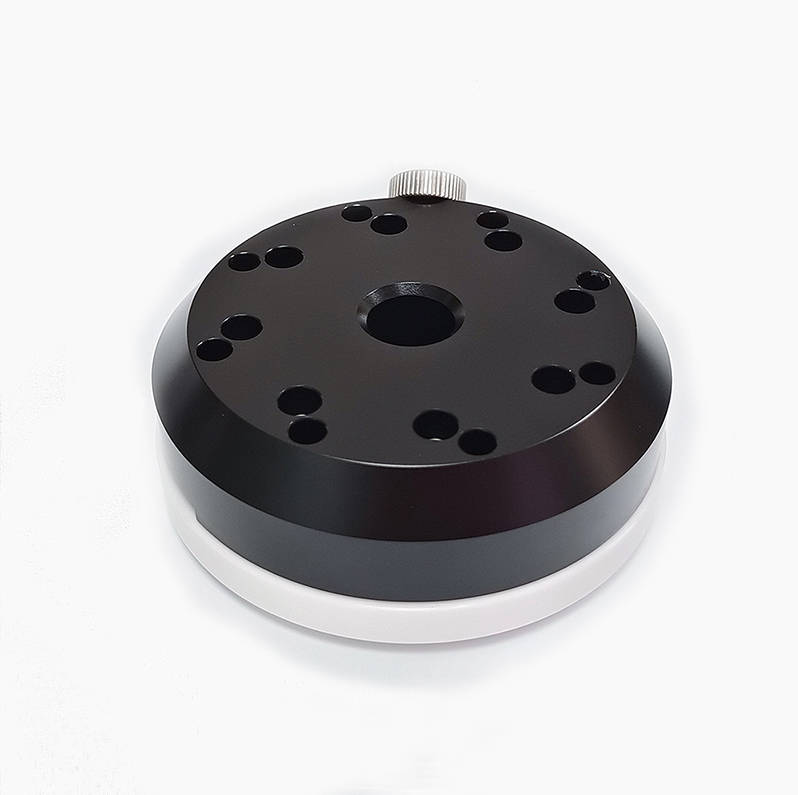Introduction
Pad printing is a versatile printing technique widely used in various industries for its ability to print on complex shapes and surfaces. For businesses considering the purchase of a 2 color pad printer, understanding the types of materials that can be printed is crucial. This knowledge not only helps in making informed purchasing decisions but also ensures that the printer can meet specific production needs. In this article, we will explore the various materials suitable for pad printing, the advantages of using a pad printing machine, and tips for achieving the best results.

1. Understanding Pad Printing Technology
Pad printing is a unique printing process that utilizes a silicone pad to transfer ink from a printing plate onto a substrate. This method is particularly effective for printing on irregularly shaped objects, making it a popular choice for many manufacturers.
Advantages of Using a 2 Color Pad Printer
A 2 color pad printer offers the ability to print two different colors in a single pass, which can significantly enhance productivity and reduce production time. This capability is especially beneficial for businesses that require multi-colored designs on their products, such as promotional items, automotive parts, and consumer goods.
2. Common Materials Suitable for Pad Printing
Plastics
One of the most common materials used in pad printing is plastic. Various types of plastics, such as ABS, PVC, and polycarbonate, can be effectively printed on using a pad printer. These materials are widely used in consumer products, toys, and automotive components.
When selecting plastics for pad printing, it is essential to consider the ink compatibility and the surface texture to ensure optimal adhesion and durability. Using the right pad printing supplies can further enhance the quality of the prints.
Metals
Metals like aluminum and stainless steel are also suitable for pad printing. This application is prevalent in industrial settings, where metal parts require branding or identification marks. The durability of metal substrates allows for long-lasting prints, making them ideal for products that endure wear and tear.
Glass
Printing on glass surfaces presents unique challenges, but it is highly rewarding. Glass items, such as decorative vases and functional containers, can be beautifully enhanced with pad printing. Proper surface preparation is crucial to ensure that the ink adheres effectively to the glass, resulting in vibrant and lasting designs.
Ceramics
Ceramics are another excellent material for pad printing. Items like dishware, tiles, and decorative pieces can be customized using a 2 color pad printer. The key to successful printing on ceramics lies in choosing the right ink and ensuring that the surface is adequately prepared for adhesion.
Wood
Wood products, including furniture and crafts, can also be printed using pad printing technology. The natural texture of wood can add a unique aesthetic to printed designs. However, it is essential to consider the type of wood and its finish, as these factors can affect ink adhesion and print quality.
Textiles
Pad printing is not limited to hard surfaces; it can also be applied to textiles. Fabrics such as cotton, polyester, and blends are suitable for pad printing, making it a valuable technique in the fashion and branding industries. The flexibility of pad printing allows for intricate designs on clothing, bags, and promotional materials.
3. Specialized Materials for Niche Applications
Silicone
Silicone is a specialized material used in various applications, such as medical devices and consumer products. Printing on silicone requires specific inks and techniques to ensure proper adhesion and durability.
Rubber
Rubber products, including seals, gaskets, and promotional items, can also be printed using pad printing technology. The flexibility of rubber presents unique challenges, but with the right techniques and supplies, high-quality prints can be achieved.
Foam
Pad printing is an effective method for printing on foam materials, commonly used in packaging and promotional products. The soft and porous nature of foam requires careful consideration when selecting inks and preparing the surface for printing.
4. Factors to Consider When Choosing Materials
Ink Compatibility
Selecting the right ink for the material is crucial for achieving optimal results. Different materials may require specific ink types, such as solvent-based, UV-cured, or water-based inks. It is essential to consult with the ink manufacturer or a pad printing expert to ensure compatibility with the chosen substrate.
Surface Preparation
Proper surface preparation is key to ensuring that the ink adheres effectively to the material. This may involve cleaning, degreasing, or applying a primer, depending on the material. The surface texture also plays a role in print quality, as smooth surfaces generally produce better results than rough or uneven surfaces.
Durability and End-Use
When selecting materials for pad printing, it is important to consider the intended use of the final product. For example, items destined for outdoor use may require more durable inks and surface treatments to withstand weathering and UV exposure.
Cost-Effectiveness
Evaluating the cost-effectiveness of using a particular material is essential for businesses. Factors such as material cost, printing efficiency, and the number of units produced should be considered when making purchasing decisions.
5. Tips for Successful Pad Printing on Various Materials
- Conduct thorough testing and prototyping to ensure compatibility and print quality.
- Work with experienced pad printing suppliers and experts to obtain guidance on best practices and troubleshooting.
- Regularly maintain and clean the pad printing machine and supplies to ensure consistent results.
- Stay up-to-date with the latest advancements in pad printing technology and materials to optimize production.
Conclusion
Pad printing is a versatile and effective printing technique that can be applied to a wide range of materials, from plastics and metals to textiles and specialized substrates. By understanding the capabilities of a 2 color pad printer and the various materials suitable for printing, businesses can make informed purchasing decisions and optimize their production processes. With the right knowledge, techniques, and supplies, pad printing can be a powerful tool for creating high-quality, customized products across multiple industries.





